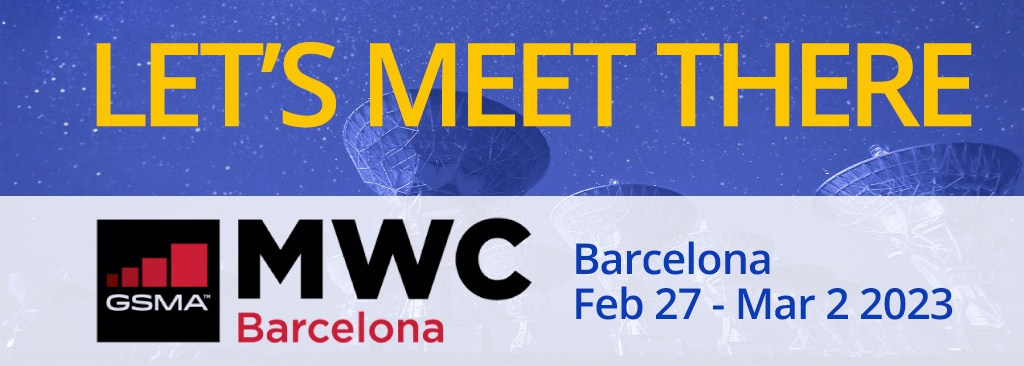Published on 21.02.2023 | Last updated on 24.09.2024
As part of the DYNASAT Consortium, Magister participated in the Mobile World Congress 2023 in Barcelona. We demonstrated and provided first-hand information in two of the four demos DYNASAT presented. Read the highlights here:
During the event, DYNASAT partners Magister Solutions, Fairspectrum and Thales Alenia Space France hosted four demonstrations on
- Dynamic Spectrum Access (DSA) for Non-Terrestrial Networks (NTN) – Terrestrial Network (TN) sharing
- Assessing 5G NTN Low Earth Orbit (LEO) satellite constellation user link capacity at the system level
- Multi-connectivity for 5G NTN and TN scenarios
- Coordinated DSA (C-DSA) for improved use of the radio frequency spectrum
The last two of the demonstrations listed above were undertaken by Magister. Fairspectrum and Thales Alenia Space France conducted the first and second demonstrations respectively.
All four demonstrations evaluated new techniques for bandwidth-efficient transmission and more efficient spectrum use for satellite architectures. The results ensure a fully integrated satellite network infrastructure – essential for both professional 5G user equipment and the mass-market.
MULTI-CONNECTIVITY FOR 5G NTN
- Multi-Connectivity (MC) for throughput/reliability enhancement between Non-Terrestrial Networks (NTN) and NTN/Terrestrial Networks (TN).
- How have the MC node addition and traffic steering algorithms been designed?
- How is the system architecture (measurements, signalling, and scenarios) designed to make optimal use of MC?
- How can MC optimize the use of resources via dynamic traffic steering, and provide throughput enhancements?
COORDINATED DYNAMIC SPECTRUM ACCESS
- How are the required measurements, signalling, and system architecture designed?
- How is the frequency spectrum limited according to each system’s current needs?
- How effectively can satellite connectivity extend coverage where TN connectivity is not possible or financially feasible?
- The benefits of using C-DSA over static methods of coordinated sharing
“MWC is our last public demonstration of the DYNASAT project before it finishes at the end of March 2023”, said Jani Puttonen, the former CEO of Magister, before plunging into greater detail about the two Magister demos.
“In the multiconnectivity demo, we are looking at how mobile terminals on the ground (and possibly VSATs in the future) can be connected to both TN and NTN 5G, and can access both networks simultaneously to optimize their performance. In the C-DSA demo, we show how TNs and NTNs can use the same frequency band by the means of a dynamic controller, which is continuously assessing how much of the spectrum should be assigned to each network.”
“The idea is that the satellite complements the terrestrial network”, Puttonen added, implying that the C-DSA will always give precedence to the terrestrial network. “So if the TN is only half using the spectrum of a frequency band then the remaining spectrum on that band is allocated to the satellite.”
ABOUT MWC
With over 2000 leading companies attending, MWC Barcelona 2023 was a key networking opportunity for the mobile and tech industries, attracting some of the most influential decision-makers who shared their insights on future connectivity trends. You can find more information about MWC here.




